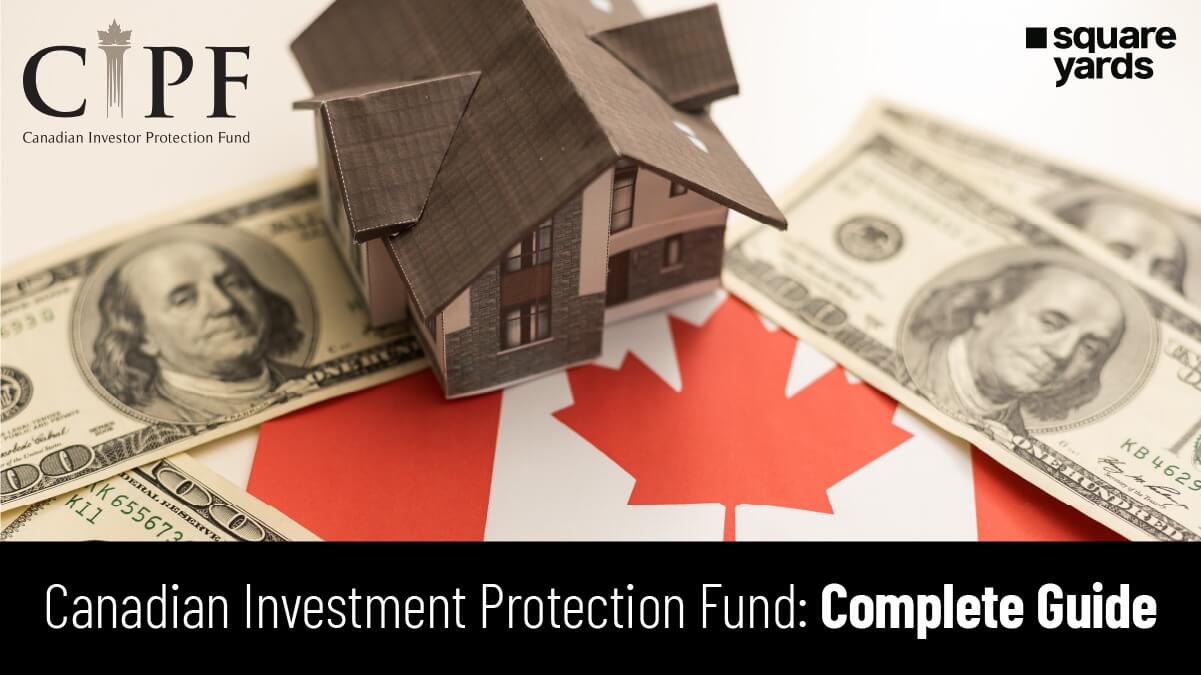Investing can feel overwhelming, especially when you need more certainty about the safeguards to protect your hard-earned money. Fortunately, the Canadian Investor Protection Fund (CIPF) offers Canadian investors peace of mind by providing essential coverage if their investment dealer goes bankrupt. But what does this mean for you as an investor?
The Canadian Investment Protection Fund (CIPF) is a non-profit organisation established in 1969 to provide crucial protection to investors in Canada. Its primary mission is to compensate investors if their member firm becomes insolvent, ensuring client assets are safeguarded in unfortunate circumstances. This protective measure is vital for fostering trust and confidence in the financial markets, as it reassures investors that their assets are secure even in adverse situations. Importantly, CIPF protection does not extend to losses arising from poor investment decisions or market fluctuations; it specifically addresses the risk of firm insolvency.
What is The Canadian Investor Protection Fund (CIPF)

The Canadian Investor Protection Fund (CIPF) is a non-profit organisation safeguarding investors if a member investment firm becomes insolvent. It covers assets stored in these firms’ accounts, such as cash, securities, and some investment products, up to a $1 million limit per account category.
CIPF protection only applies if a member firm goes bankrupt; it does not cover losses caused by market volatility, poor investment decisions, or fraudulent acts. Importantly, coverage is provided when you create an account with a CIPF member firm, so you do not need to acquire additional insurance. This protection applies to both Canadian residents and non-residents who have accounts with member firms.
The presence of CIPF in Canada provides investors with peace of mind by ensuring that their money is protected against the unlikely event of their investment firm’s failure.
How to Utilise the Canadian Investor Protection Fund?

The following steps can help you effectively use the Canadian Investor Protection Fund to safeguard your investments and assets:
-
- Verify membership: Before creating an investment account, ensure the firm you choose is a member of the CIPF insurance. You can accomplish this by visiting the CIPF website or contacting the firm directly.
- Understand the Coverage Limits: Familiarise yourself with CIPF coverage limits. You are covered up to $1 million for general accounts, registered retirement accounts, and RESPs. This understanding enables you to handle your money effectively.
- Maintain proper documentation: Keep all records from your investment accounts, including statements and confirmations. Precise documentation will help with the claims process in the event of insolvency.
- Monitor your investments: Regularly analyse your investment portfolio and stay current on your firm’s financial health.
Investment vs. Deposit Insurance: CIPF and CDIC Compared

The Canadian Investor Protection Fund (CIPF) and the Canada Deposit Insurance Corporation (CDIC) are both essential financial safety nets in Canada. However, they serve distinct functions and insure different types of assets.
|
Aspect |
CIPF (Canadian Investor Protection Fund) |
CDIC (Canada Deposit Insurance Corporation) |
|
Purpose |
Protects investors if a member investment firm goes bankrupt |
Protects depositors if a bank or financial institution fails |
|
Types of Assets Covered |
Cash, securities, and certain investment products |
Savings accounts, checking accounts, GICs, and other traditional banking products |
|
Maximum Coverage |
Up to $1 million per account category |
Up to $100,000 per account category |
|
Account Categories |
General accounts, registered retirement accounts (RRSP, RRIF), RESPs |
Savings accounts, checking accounts, GICs, and other deposit categories |
|
Does it Cover Market Losses? |
No, it does not cover losses due to market fluctuations or poor investment choices |
No, CDIC does not insure investments in stocks, bonds, or mutual funds |
|
Does it Cover Fraud? |
No, it only covers firm insolvency |
No, it does not cover fraud or financial crimes |
|
Coverage Focus |
Investment accounts held with member firms |
Deposits held in banks or other insured financial institutions |
|
Main Protection Scenario |
Insolvency of an investment firm |
Insolvency of a bank or similar financial institution |
Key Cautions for Investors Using CIPF Protection
Understanding certain aspects will help you make informed decisions and protect you adequately through CIPF. Here are some of the essential considerations when opting for CIPF:
-
- Confirm Membership: Always ensure your investing firm is a member of the CIPF. You can visit the CIPF website or contact them directly.
- Understand Coverage Limits: CIPF covers up to $1 million per category, but any sum greater than that will not be covered. Keep track of how much you’ve invested across different account types.
- Securities Held Directly: CIPF only applies to securities the investment firm holds on your behalf. Securities that you possess directly are not insured.
- Check for Specifics: Different accounts (such as corporate and personal) may have different coverage rules. Make sure you understand the intricacies of your accounts.
- Recovery procedure: If your company goes insolvent, the recovery procedure can be complicated. Prepare to work with a bankruptcy trustee to reclaim your funds.
- Non-Resident Considerations: Non-Canadian residents are covered but should be mindful of any potential tax consequences and legislation in their country.
However, ensure that CIPF Does Not Cover All Losses. Be warned that the CIPF does not protect against:
-
- Your investment’s value may fluctuate due to market losses.
- Bad investment advice or improper investments.
- Fraud or manipulation by a third party.
Why CIPF Protection Matters: Key Features for Investors
The Canadian Investor Protection Fund (CIPF) offers several key benefits for investors:
-
- Financial Protection: CIPF insures up to $1 million in cash and assets if a member investment firm goes bankrupt, offering investors peace of mind.
- Automatic Coverage: As long as you have an account with a CIPF member firm, coverage is included at no extra charge, streamlining the process for investors.
- Wide Eligibility: CIPF coverage is available to both Canadian residents and non-residents, allowing a diverse spectrum of investors to benefit from the protection.
- Comprehensive Coverage: The fund supports various accounts, including general investment accounts, registered retirement accounts (RRSPs), and registered education savings plans (RESPs).
- Distinct from CDIC: While the Canada Deposit Insurance Corporation (CDIC) insures deposits up to $100,000, CIPF provides more comprehensive coverage for investment accounts, filling a critical gap for investors.
- Support for Recovery: In the event of a member firm’s insolvency, CIPF strives to recover assets for investors and ensure their access to cash.
- Investor Confidence: Knowing their safe investments can enhance investor confidence and encourage more people to participate in the market.
Conclusion
The Canadian Investor Protection Fund (CIPF) protects investors by covering up to $1 million in cash and assets if a member firm becomes insolvent. Its automatic coverage, broad eligibility for residents and non-residents, and extensive asset recovery assistance boost investor trust. While it does not guarantee against market losses or poor investment decisions, CIPF provides an important safety net, making investing safer and more enticing to Canadians.
You May Also Read :
|
Guide To Non Sufficient Fund Fees |
|
|
Explore ETF Vs Mutual Funds |
|
|
Understand Housing Innovation Fund |
|
|
What is Canada Mortgage Statement |
|
|
Know The Tax Deductible Mortgage Strategies |
Frequently Asked Questions (FAQs)
What is covered by CIPF?
CIPF protects cash balances, securities, commodities, futures contracts, and segregated insurance funds held in member firms' accounts if they become bankrupt up to certain levels.
Does CIPF cover TD?
TD (Toronto-Dominion Bank) offers CIPF-compliant investment services, which means CIPF protects your qualifying investment accounts with TD.
What's the best investment in Canada?
Personal objectives and risk tolerance determine the best investment in Canada, but common choices include diversified ETFs, real estate, and high-quality dividend equities.
What is the full form of CIPF?
The full name of CIPF is the Canadian Investor Protection Fund.











